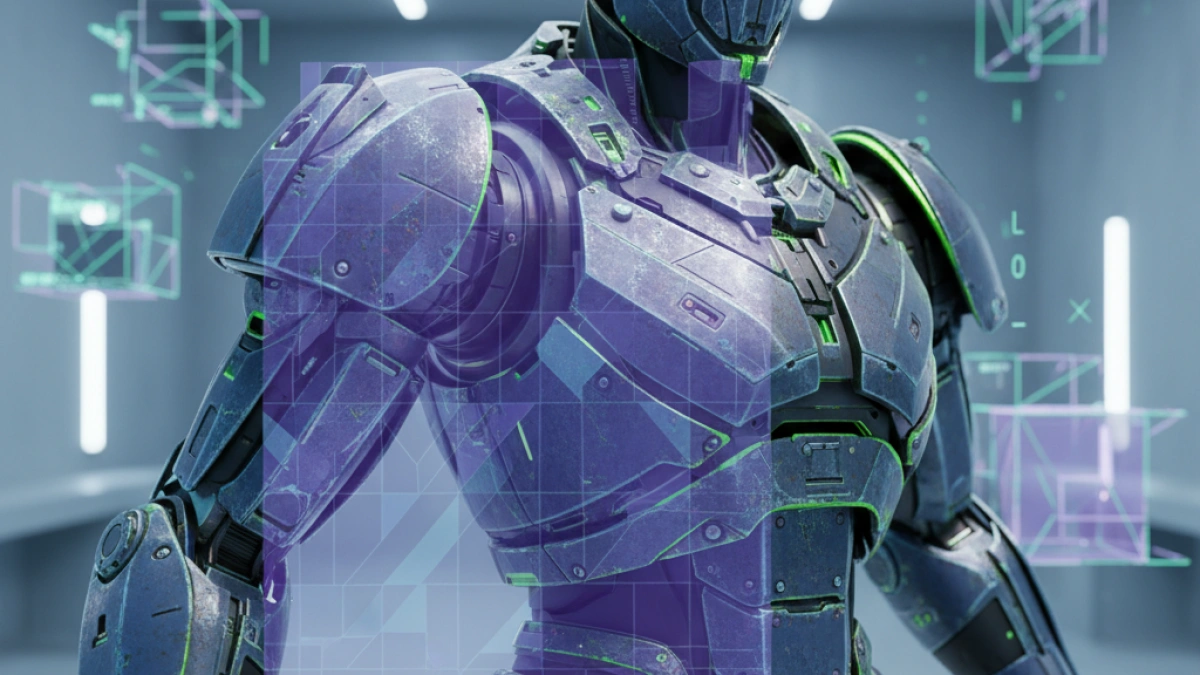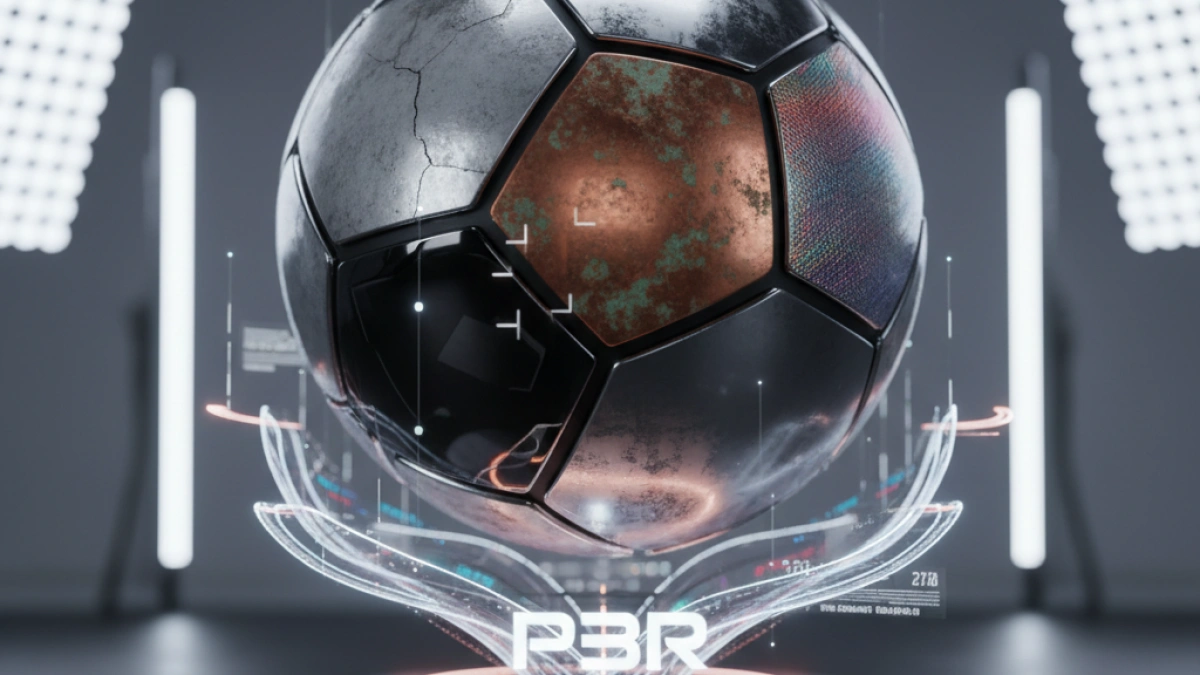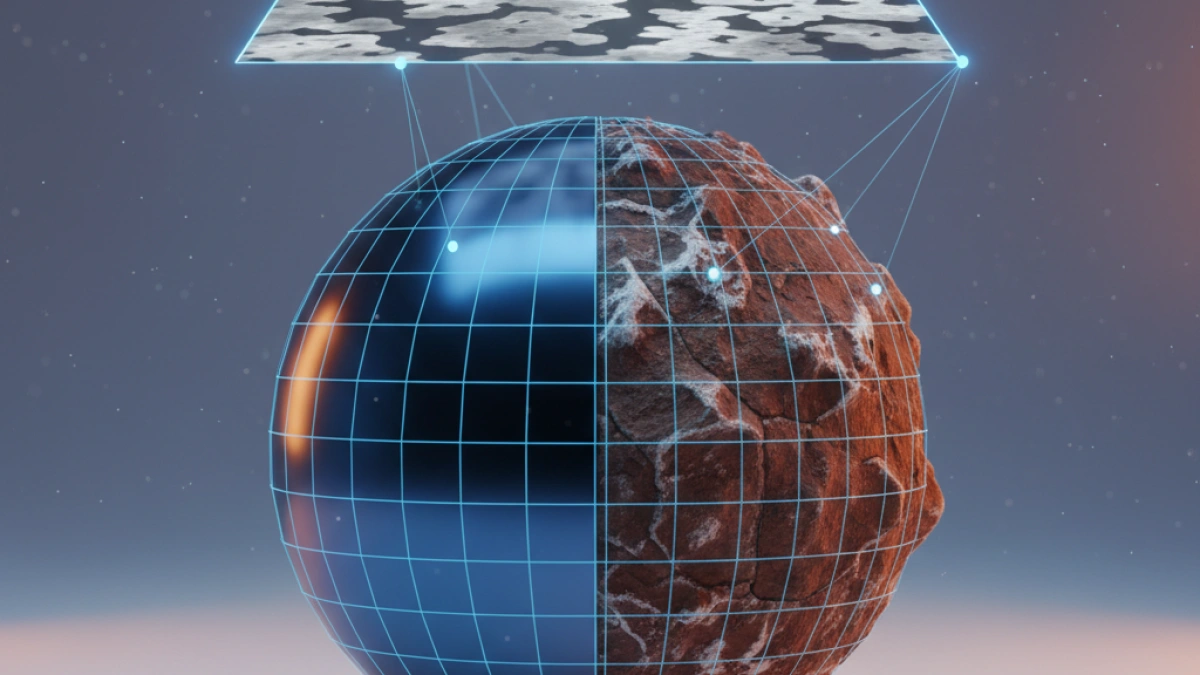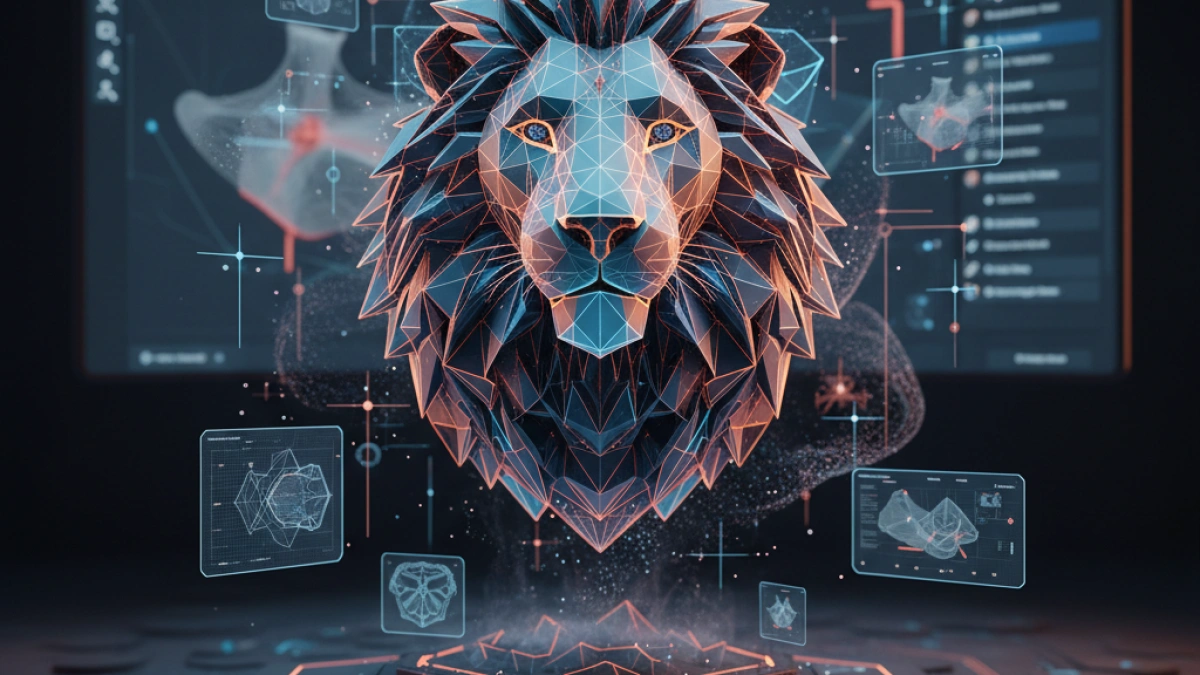What is Displacement Texture in 3D?

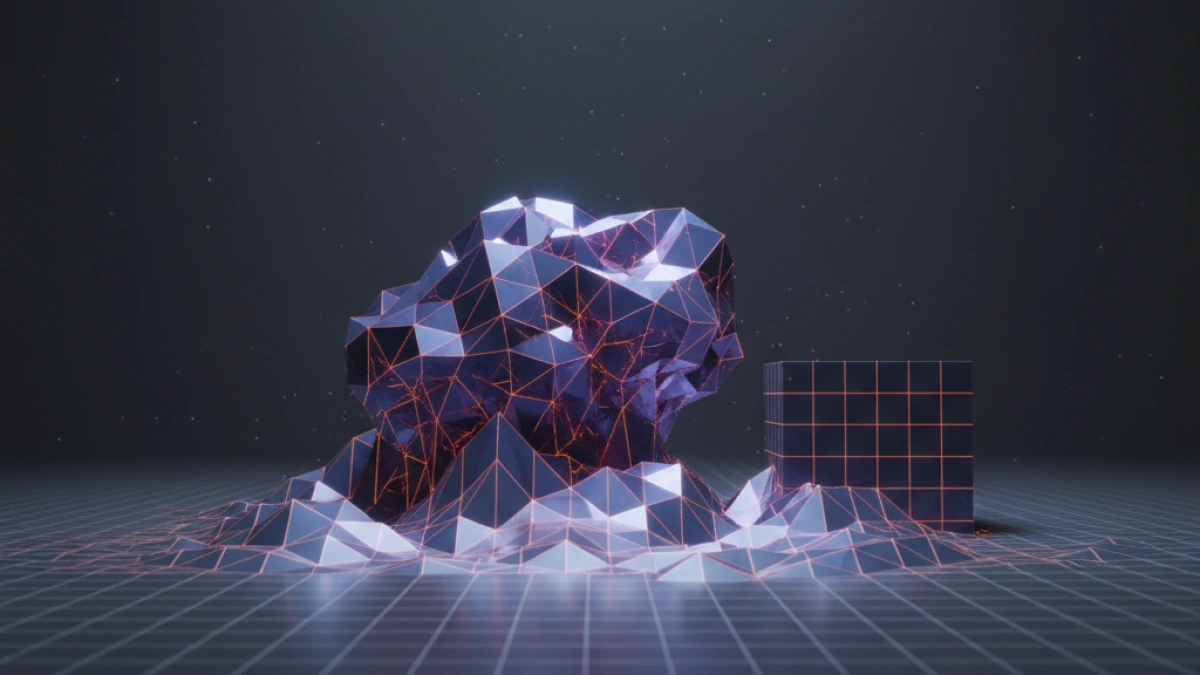
Displacement texture is a fundamental technique in the world of 3D modeling and rendering. This tool allows artists and designers to give more depth and realism to their three-dimensional models by effectively manipulating geometry. In this article, we will explore in depth what displacement texture is, how it works, its applications, and its relationship with other texturing techniques in 3D.
How Does Displacement Texture Work?
Displacement texture utilizes displacement maps to modify the surface of a 3D model. Below, we explain the key concepts that determine its functioning.
Displacement Maps
A displacement map is a grayscale image where the colors represent the height of each point on the surface. The brightest points of the map correspond to areas that are raised, while the darker points tend to sink or change not at all.
Types of Displacement Maps
- Grayscale Map: This is the most common and simplest type. It is used in applications where the geometry does not need a high level of detail.
- Height Maps: These are similar to grayscale maps but can contain more information about the surface being displaced.
Displacement Process
The general process for applying a displacement texture to a 3D model can be defined in the following steps:
- Select the Model: A 3D model that will serve as the base for applying the texture.
- Apply the Displacement Map: Load a displacement map into the modeling or rendering software being used.
- Adjust the Settings: Modify parameters such as the intensity of the displacement and surface characteristics to achieve the desired effect.
- Render the Model: View the changes applied in the final representation of the 3D model.
Advantages of Displacement Texture
Displacement textures offer several advantages over other texturing methods, such as bump mapping or normal mapping. Here are some of the most relevant:
Enhanced Realism
The biggest benefit of using displacement textures is the high degree of realism that can be achieved. By altering the geometry of the model, details are created that would not be possible with other techniques.
Geometric Complexity
Displacement texture allows designers to create complex details on the surface of a model that add both aesthetic and functional value, such as wrinkles on a character's skin or the roughness of architectural surfaces.
Flexibility
Artists can use displacement maps flexibly to continuously adjust and refine the appearance of their models. This results in a more dynamic workflow and allows for quick adjustments without needing to modify the base geometry.
Comparison with Other Texturing Techniques
It is important to understand how displacement texture differs from other techniques such as bump mapping and normal mapping.
Bump Mapping
Bump mapping is a texturing technique that simulates surface details without modifying geometry. This is done by altering the lighting on the model. Although it is more performance-efficient, it does not offer the same level of realism as displacement.
Normal Mapping
Normal mapping also simulates surface details, but instead of using grayscale information, it uses normal maps, which allow for simulating different surface orientations. It is more detailed than bump mapping but less effective than displacement texture in terms of altering the actual geometry of the model.
Applications of Displacement Texture
Displacement texture has various applications in the 3D design industry that go beyond simple visual effects.
Video Games
In video game creation, displacement texture is used to create realistic environments, characters, and objects. This technique allows for designing complex terrains and details in objects that make the gaming experience more immersive.
Film and Animation
Film and animation productions use displacement texture to create impactful visual effects. From fantastical creatures to stunning landscapes, this technique becomes an essential tool for digital artists.
Architectural Visualization
Architectural visualization significantly benefits from the use of displacement textures to represent materials like stone, wood, and other architectural elements more realistically.
Conclusion
Displacement texture is a powerful tool in the arsenal of any 3D artist or designer. Its ability to add realism and detail to three-dimensional models has made it an essential technique in various industries, from video games to animation and architectural visualization. Understanding its functioning, advantages, and applications can be key to improving the quality of work in the field of 3D modeling.
By effectively implementing displacement texture techniques, artists can elevate their work to a new level of quality and realism, making their creations more striking and memorable.
I hope this article is helpful and meets your needs in the field of 3D modeling and texturing. If you have any other questions or need more information, feel free to ask.

